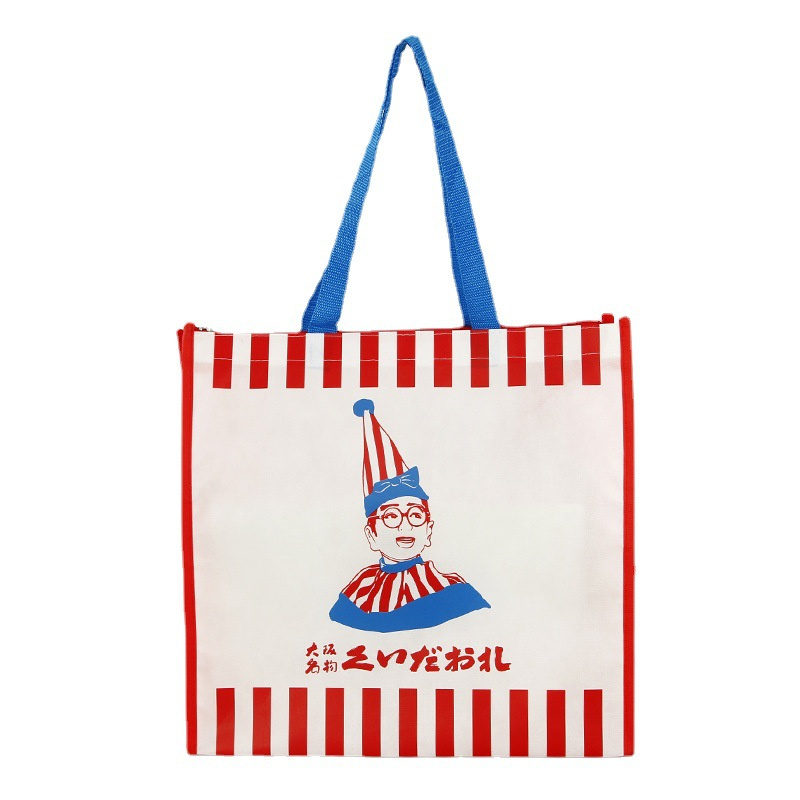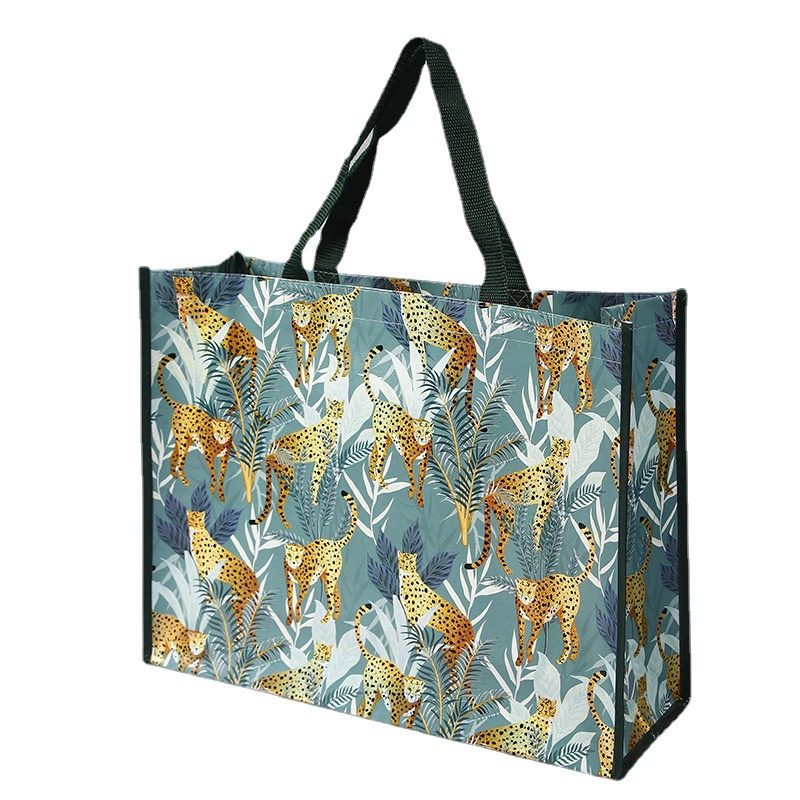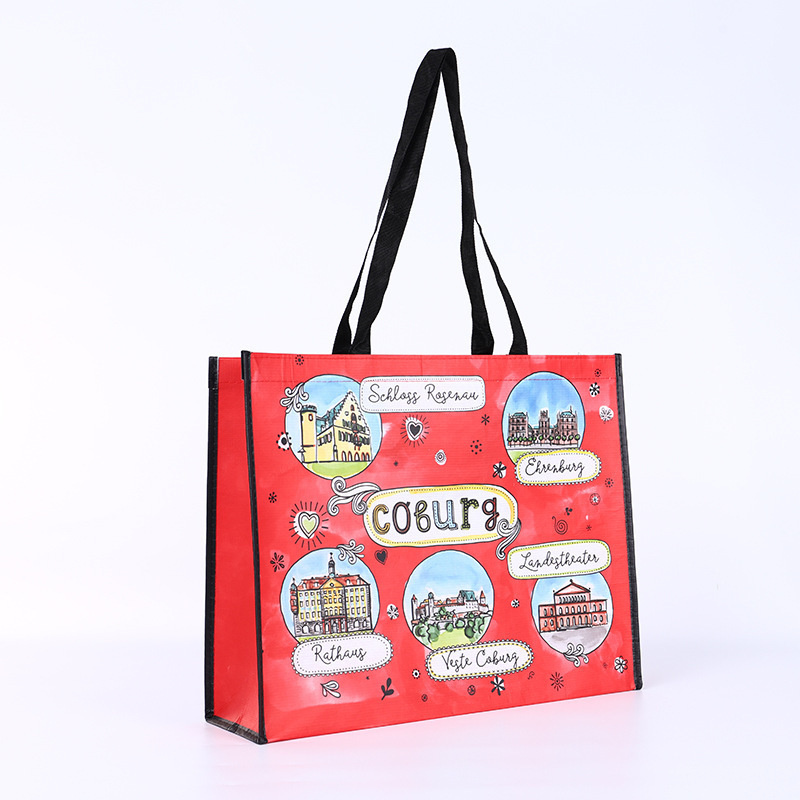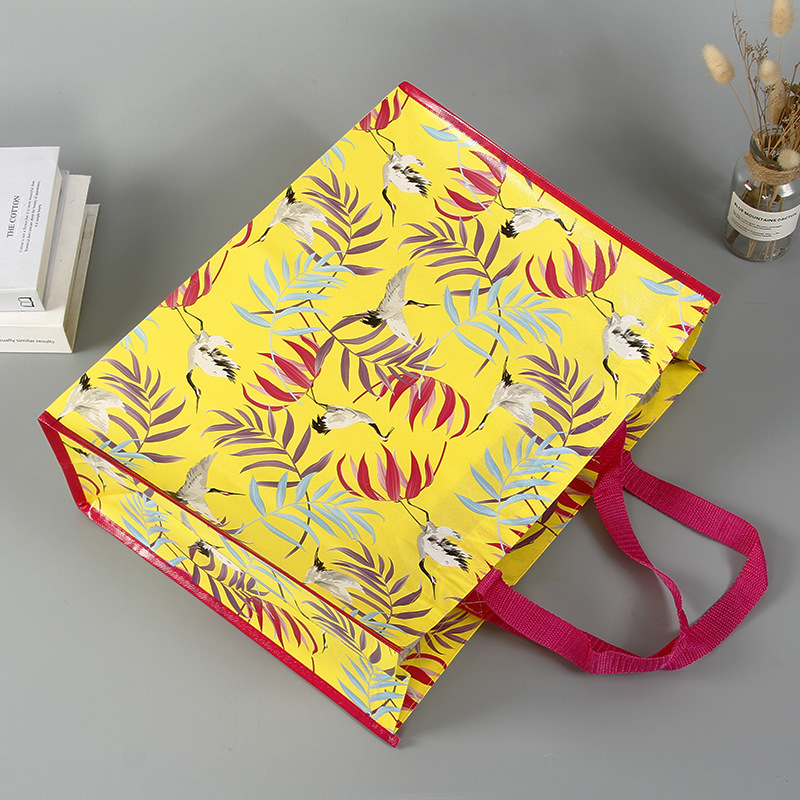The New Material Non-woven Shopping Bag Is A Right Way For Sustainable Packaging Solution.
2025-11-13 16:21
You've hit on a key truth in the sustainability conversation. The statement, "The new material non-woven shopping bag is a right way for sustainable packaging solution," is both promising and complex. Let's break down why it's a step in the right direction, but with important caveats.
The "Right Way" Arguments (The Pros)
Non-woven polypropylene (the most common type) bags are often presented as a superior alternative to both single-use plastic and paper bags. Here's why:
Durability and Reusability: This is their biggest advantage. A well-made non-woven bag can be used dozens, if not hundreds, of times. This directly reduces the consumption of single-use plastics.
Low Carbon Footprint in Production: Compared to cotton totes (especially conventional cotton), the production of non-woven polypropylene bags requires significantly less water and energy.
Strength and Versatility: They are strong, water-resistant, and can hold heavy items, making them practical for diverse shopping needs, from groceries to clothing.

Branding and Consumer Mindset: Companies love them as walking billboards. For consumers, owning a dedicated reusable bag fosters a "reuse mindset," which is crucial for long-term behavioral change.
Reduction in Litter: Their reusable nature means they are less likely to become immediate litter compared to flimsy plastic bags.

The "Not the Only Right Way" Caveats (The Cons and Considerations)
Calling it the right way is an overstatement. It's *a* right way, but only under specific conditions. The main issues are:
The Material is Still Plastic: Non-woven bags are typically made from polypropylene, a type of plastic derived from fossil fuels. They are not made from natural fibers like cotton or jute.
The Reusability Threshold: The key to their sustainability is how many times they are used. A 2018 study by the Danish Environmental Protection Agency found that a non-woven polypropylene bag needs to be reused around 37 times to have a lower global warming potential than a single-use plastic bag. For it to be better than a recycled plastic bag, it needs to be used over 80 times. If it's used only a handful of times, its environmental impact is worse than single-use options.
End-of-Life Challenges: This is the biggest problem.
Not Easily Recyclable: While polypropylene is technically recyclable, the recycling infrastructure for these specific bags is limited. They often clog machinery at standard recycling facilities.
Downcycling: If they are collected, they are often "downcycled" into lower-value products, not new bags.
Microplastics: Like all synthetic fabrics, they can shed microplastic fibers, especially as they wear out.
Landfill Persistence: If thrown away, they will sit in a landfill for a very long time, just like any other plastic bag.

The Verdict: It's a Conditional Solution
The non-woven shopping bag is a good sustainable packaging solution if:
It is used frequently and for a long time (ideally 50+ times).
It replaces hundreds of single-use bags over its lifetime.
At the end of its life, the consumer has a clear and accessible take-back or recycling program (some brands offer this).
It is not treated as a disposable or collectible item.

The Truly Sustainable Hierarchy
For a packaging solution to be truly "sustainable," we must think in this order:
REFUSE: Do you need a bag at all? Carrying items without one is the best option.
REUSE: This is where the non-woven bag fits. The most sustainable bag is the one you already own. This could be a non-woven bag, a sturdy canvas tote, a jute bag, or even a well-worn backpack.
CHOOSE WISELY: If you need a new bag, consider:
Material: Is it made from recycled content? Is it a natural, biodegradable fiber (like organic cotton, hemp, or jute)?
Durability: Will it last for years?
End-of-Life: What happens to it when it breaks?

The new material non-woven shopping bag is a step in the right direction, but it is not a silver bullet. It is a powerful tool for reducing single-use plastic waste, but its sustainability is entirely dependent on responsible consumer behavior—heavy and prolonged reuse.
The rightest way is a cultural shift towards reusing whatever we have, rather than constantly acquiring new "eco-friendly" products.

Get the latest price? We'll respond as soon as possible(within 12 hours)
